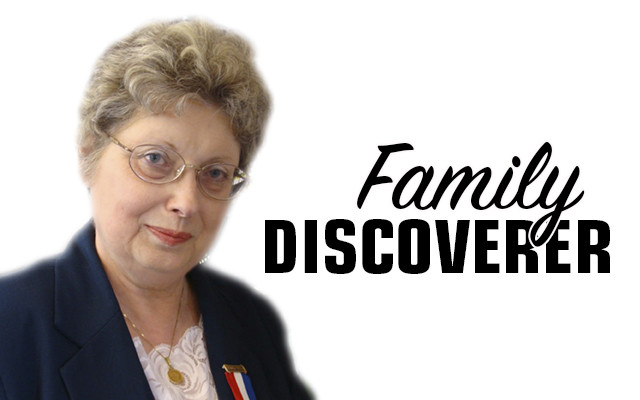
Fraternal organizations
It wasn’t so long ago that almost everyone belonged to a fraternal, religious, lineage, literary, or musical society. They enjoyed the meetings, socializing with friends, gossiping among themselves, and doing good along the way. They worked hard but made time to attend meetings of the Grange, Masons, Elks, Knights of Pythias, the DAR, or any of a number of other groups.
Flash forward to 2018 and you find many organizations have disappeared while others are just barely hanging on, desperate for membership. Today the lure of cable TV, video games, social media, and the Internet seem to have replaced the tradition of belonging to groups.
If you’ve come across an unexplained lapel button, ritual, badge, or regalia, or even a photo of your ancestor in what looks like a type of uniform or costume, then your ancestor was a joiner and belonged to organizations. And, if those fraternal records exist they can often tell you a great deal about how involved your ancestor was, what offices he/she held, and what the organization was doing. It can show you a glimpse into another side of your ancestor that you may not have known about.
The first issue is to identify your ancestor’s organizations. If there was an obit when he/she died it may mention fraternal memberships. Funeral coverage in a local paper may mention a service conducted by a chaplain of an organization or attendance by members of a group. Local newspapers can sometimes help in their coverage of what groups were doing, who the newly elected officers were or who was heading or serving on committees. In the not so distant past papers covered all the social news from groups who sent material and most of them did including photos of their events.
If you find out your ancestor was a member of a particular organization that is still in existence you can contact that group directly. If the local organization is defunct, then you should look for the state governing organization or the national one. For example, local Granges have been slowly disbanding, but the State Grange survives. Quite often disbanded groups were required to submit their records and materials such as minutes, rituals, and charters to the mother group, whether at the state or national level.
There were other organizations that were strictly local with no affiliations and these can be harder to trace. For example, Mayo Mill in Foxcroft sponsored a reading club for the women workers. It was the idea of the wife of one of the Mayo brothers and was designed to give the working women some wholesome reading, a chance for further education, and I’m sure help keep them out of trouble. My parents were members of an informal neighborhood club which met monthly. I have photos of the members, all from the surrounding area and most farmers, gathered to enjoy a meal, a night out, and good fun together.
To round out your knowledge of your ancestor’s life, don’t neglect looking for the fraternal associations they belonged to and supported.
Nancy Battick is a Dover-Foxcroft native who has researched genealogy for over 30 years. She is past president of the Maine Genealogical Society, author of several genealogical articles and co-transcribed the Vital Records of Dover-Foxcroft. Nancy holds a MA in History from UM and lives in Dover-Foxcroft with her husband Jack another avid genealogist. You can contact Nancy at nbattick@roadrunner.com.